-
Chris Wood cheers Bristol Bay news: Ding dong, the witch is down (but out?)
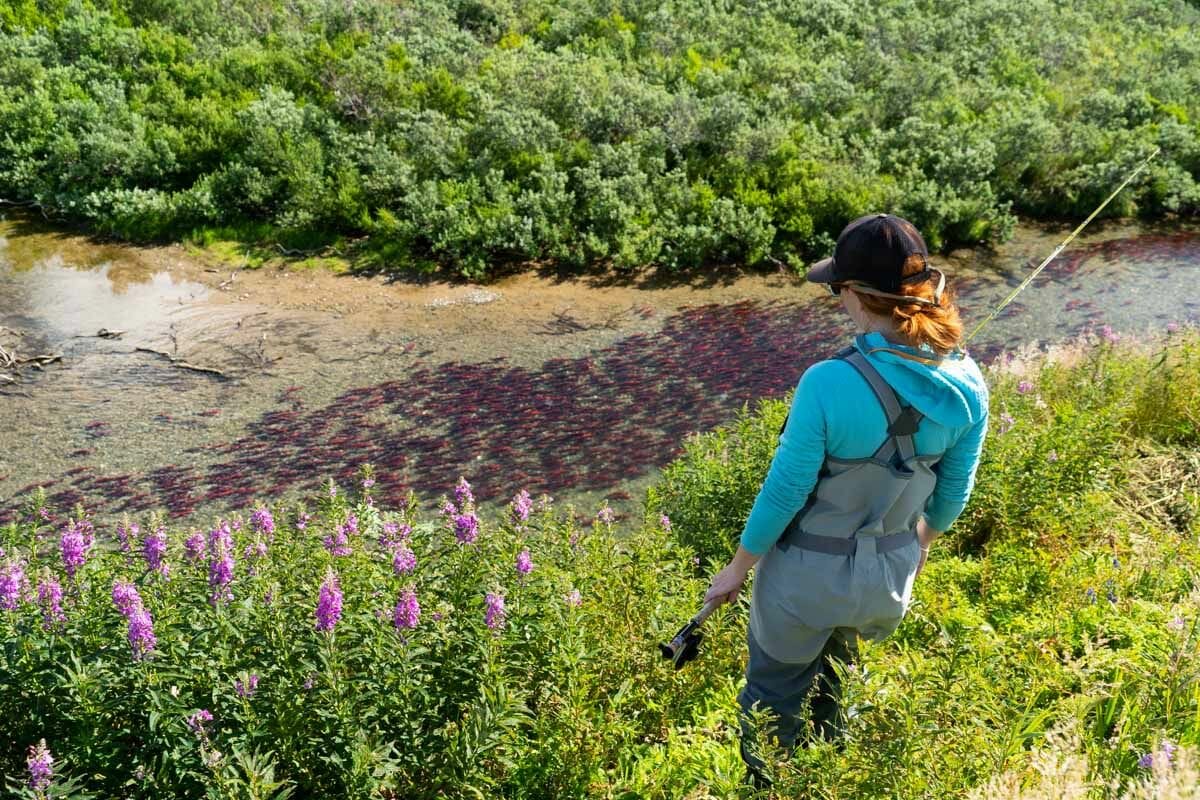
Pebble mine is on the ropes in Alaska, but the work goes on to protect Bristol Bay once and for all The U.S. Army Corps of Engineers “finds that the project, as currently proposed, cannot be permitted under section 404 of the Clean Water Act.” With those words earlier this week, the prospects for the development of Pebble mine suffered…
-
Could “critical minerals” development affect your home water?
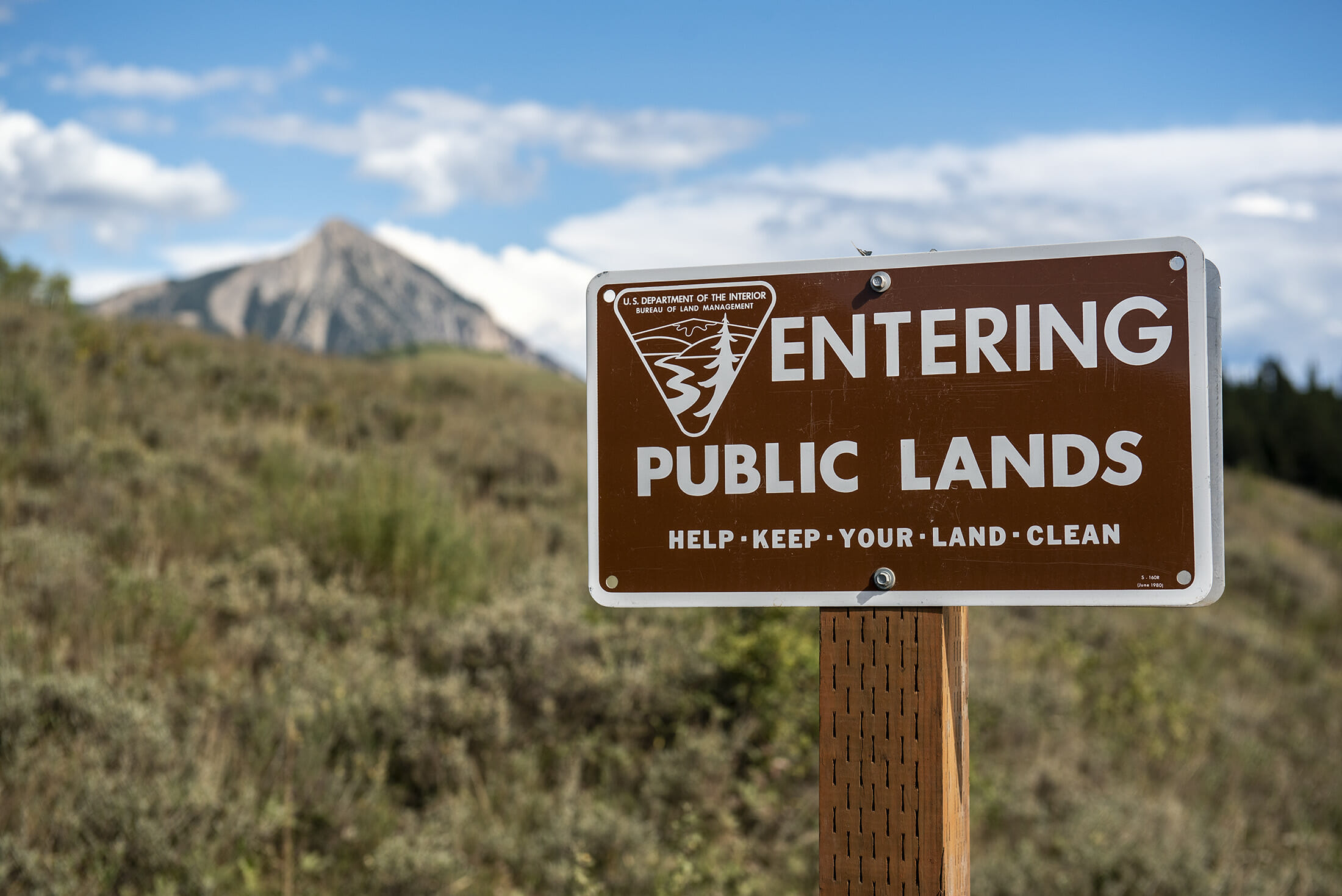
New report from Trout Unlimited shows half of critical mineral deposits overlap with trout and salmon habitat At Trout Unlimited, we understand the desire to balance conservation of trout and salmon fisheries with needs of the 21st century. We all rely on the cell phones in our pockets and the computers on our desks (not…
-
TU blends online learning with the outdoors to serve young people during lockdown
STREAM Girls programs continue with new protocols in place to serve Scouts during the pandemic. Trout Unlimited is serving youth and volunteers in new ways to keep them engaged in our mission to protect, conserve, and restore North America's coldwater fisheries during the pandemic. Some of our programs have been adapted to fit virtual and at-home formats to provide…
-
A Tribute to Gary Fredricks (and the many public servants like him)
By Rob Masonis In the world of salmon conservation, criticizing government agencies can be a popular sport. By nature they are easy targets: faceless, powerful, bureaucratic and slow to evolve even in the face of glaring need to do so. But often overlooked and underappreciated are the many well-intentioned, dedicated individuals working within those agencies. Public servants like Gary Fredricks, a fish biologist who worked in the National Marine Fisheries Service for more than 30 years to improve fish passage systems at federal dams on the…
-
Trout Unlimited volunteers fan out to survey Wilson Creek in North Carolina
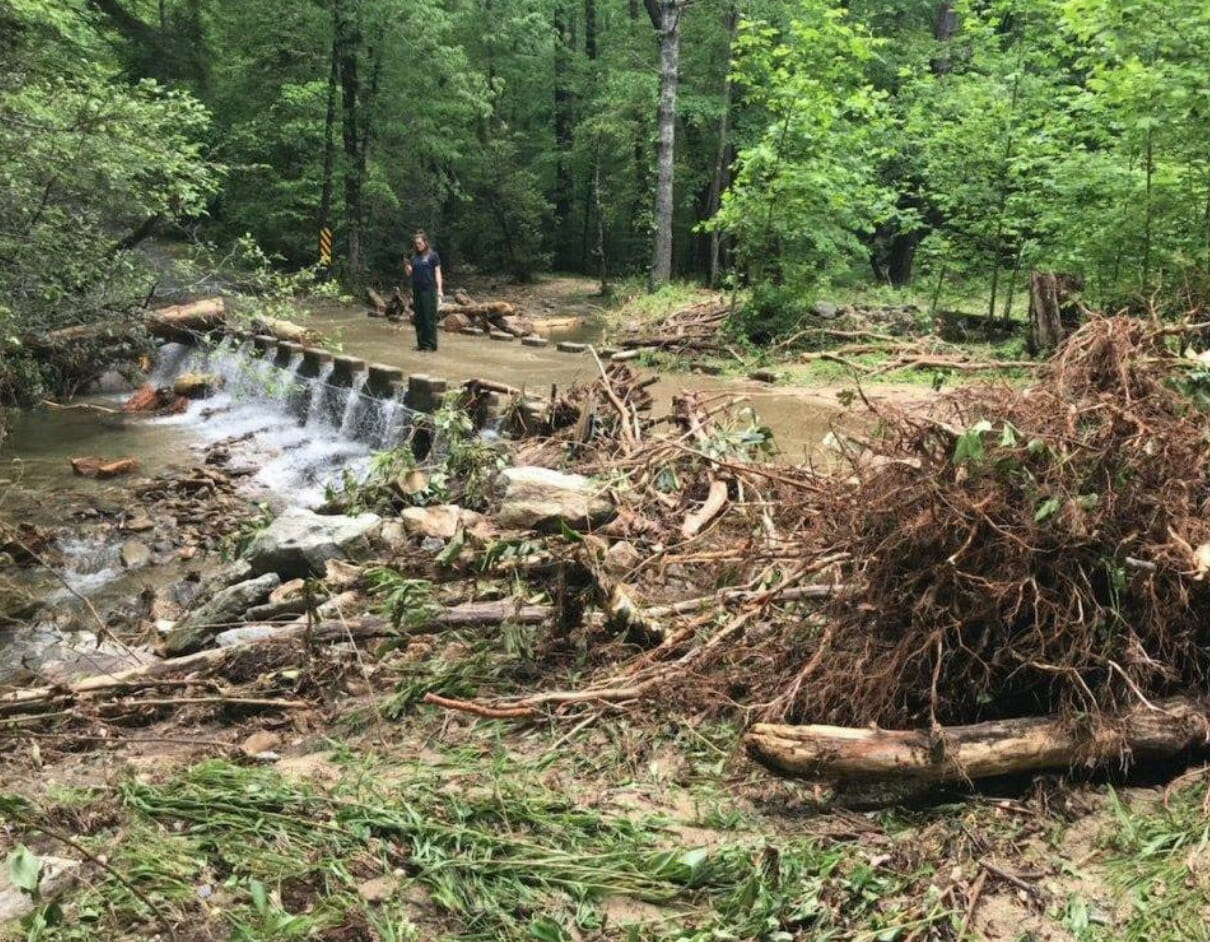
Armed with mountains of scientific data, Trout Unlimited is starting to dig into reconnection and stream restoration efforts in a large, important watershed in western North Carolina. Over the past year, carefully trained TU volunteers fanned out across the Wilson Creek watershed to survey the condition of Wilson Creek and its many smaller tributaries. Volunteers…
-
Trout and Salmon Foundation’s grants make out-sized impact for TU
Small donations from private foundations provide seed money needed to get a big restoration project going
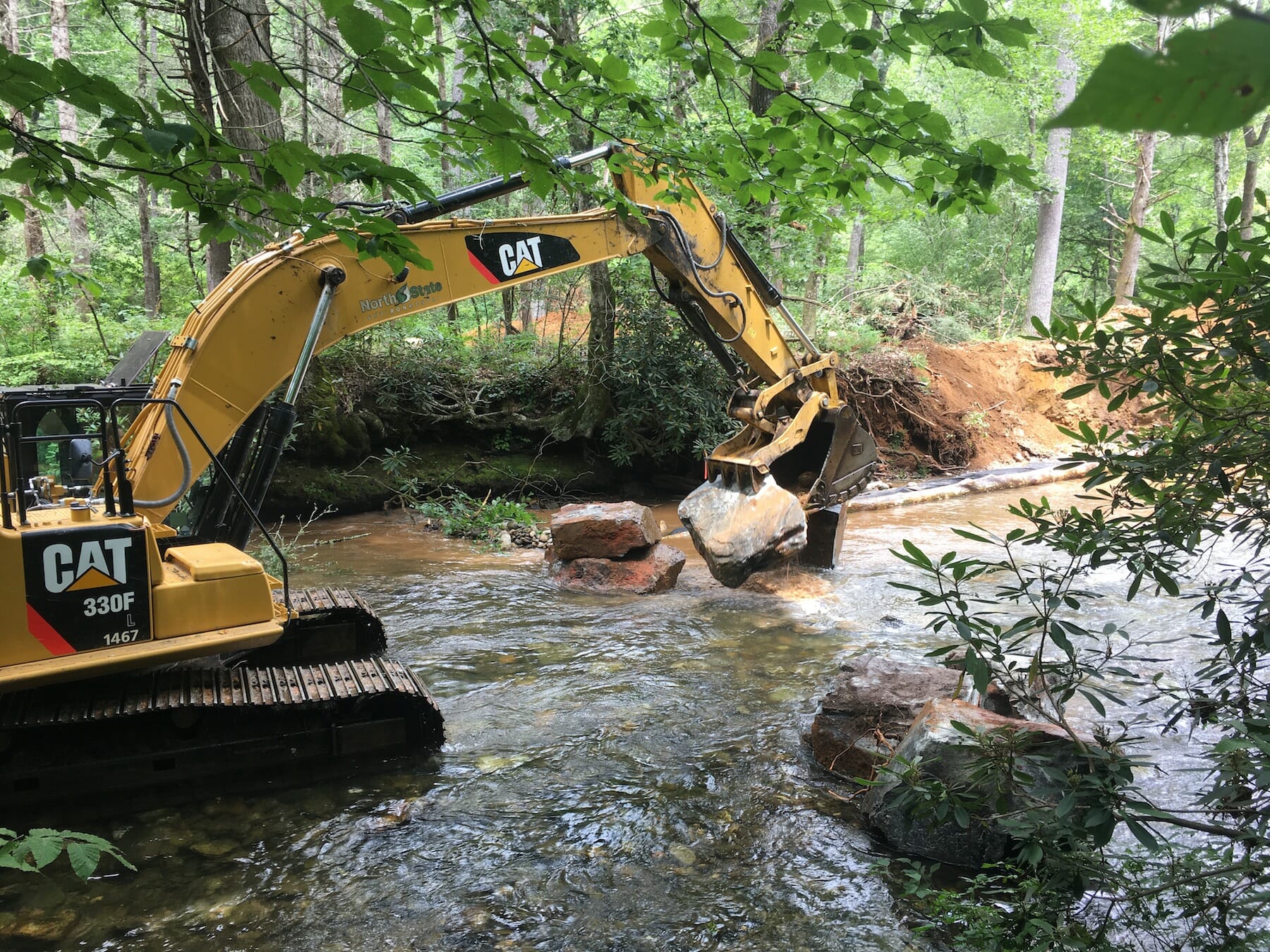
When Trout Unlimited and the U.S. Forest Service team up for a reconnection project next year in the Ottawa National Forest in Michigan, the price tag will top $80,000. In terms of the project’s total cost, a single $5,000 contribution might seem like it’s not that big of a deal. But that grant from the…
-
Sept. 11: National Day of Service and Remembrance
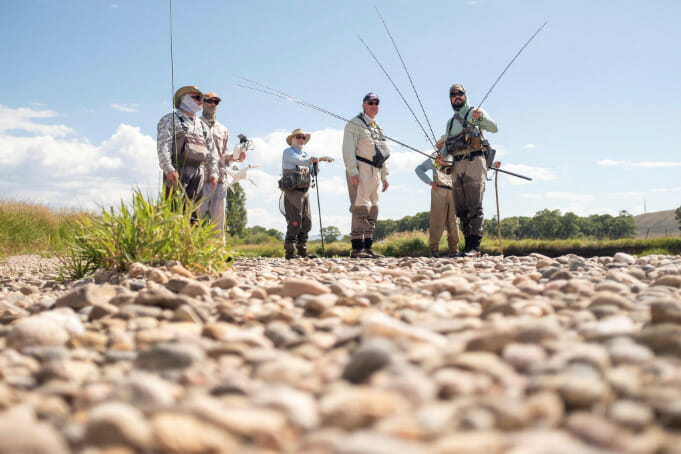
Each year since 2009, Sept. 11 has marked a federally recognized National Day of Service and Remembrance. On this day Americans across the country volunteer in their local communities in tribute to those lost and injured in the September 11, 2001 attacks, first responders, and the many of us who have since risen in service.…

